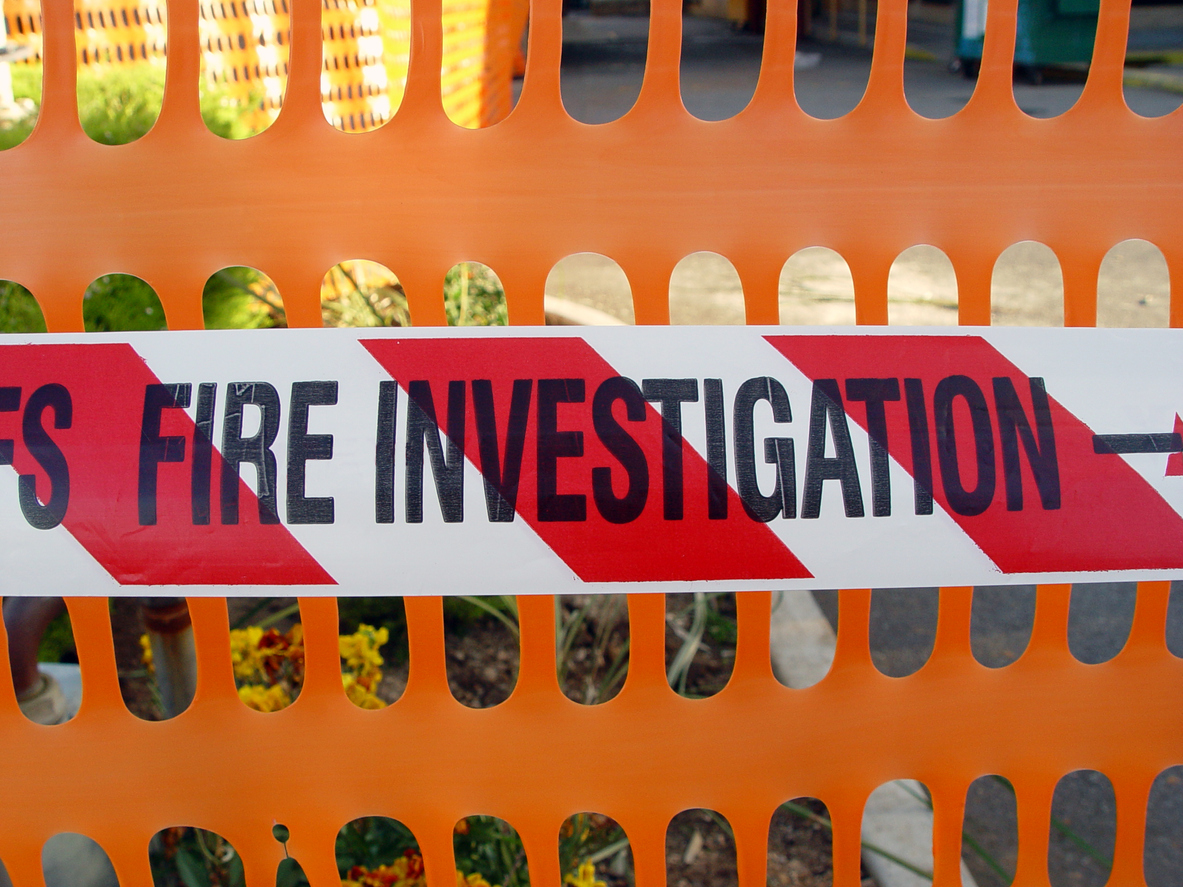(Note: This guest blog is by Colleen Foster, a Summer Law Clerk in our Chicago office)
All too often in fire claims, insurance companies are quick to deny a fire claim and assert that the insured was involved in setting the fire. But what happens when an insurance company doesn’t formally allege arson in its denial letter, or in its answer and affirmative defenses? Is it enough to insinuate arson through cause-and-origin evidence?
The United States District Court for the Western District of Pennsylvania addressed that question in a recent case, American National Property & Casualty Company v. Felix.1 In this case, the insured’s home and its contents were insured under ANPAC’s homeowners insurance policy. The home was destroyed by a fire. ANPAC conducted an investigation in which the cause of the fire was “undetermined.” ANPAC had determined that Felix engaged in misrepresentation and false swearing by falsely claiming that certain property was destroyed in the fire. The insurer filed a complaint against Felix, which included a claim for declaratory judgment that the policy was void and that ANPAC had no obligation to indemnify Felix for the fire loss because Felix made a material misrepresentation in his claim after the fire. In pre-trial motions, the trial court ruled that ANPAC’s evidence of “suspicions of arson and the cause-and-origin investigation related to the fire were inadmissible.”
During post-trial motions, ANPAC argued that the court erred by precluding evidence about the cause-and-origin investigation into the fire at Felix’s home. Felix argued that the cause-and-origin investigation and its outcome were irrelevant as to whether Felix misrepresented afterwards that certain items were destroyed in the fire. Felix also argued that the evidence of the cause-and-origin investigation and its outcome did not provide useful insight into how ANPAC handled Felix’s claim. The trial court held that the evidence regarding the outcome of the cause-and-origin investigation and any reference to arson was property excluded:
[The] central issue in this case is whether Felix knowingly misrepresented that certain items were destroyed in the 2016 fire . . . . [n]either of ANPAC’s claims … involve the cause or origin of the 2016 fire.
The court further held that the evidence of the cause-and-origin investigation was irrelevant and prejudicial.
While other states, such as Illinois, have yet to address this specific issue, the trial court for the Western District of Pennsylvania gives a strong warning to insurance companies that harkens back to the lessons from law school – properly plead all answers and affirmative defenses.
____________________________________
1 Am. Nat’l Prop. & Cas. Co. v. Felix, 399 F.Supp.3d 324 (W.D. Pa 2019).




